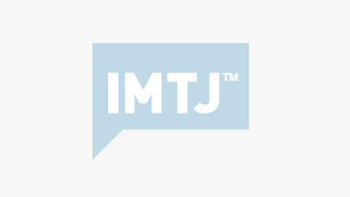South Korea posted a net surplus in medical tourism for the first time ever in 2011 as medical tourists spent US $115.6 million in Korea, while Koreans spent US $109.1 million overseas on medical treatment.
Korea’s medical tourism income was just $ 59 million in 2006, but rose to $69.8 million in 2008 and $89.5 million in 2010, nearly doubling over a five-year period. In contrast, the money Korean nationals spent overseas for treatment has fallen from $ 119.1 million in 2006 to $ 109.1 million in 2011. The Bank of Korea has been producing both sets of figures since 2006.
According to the Ministry of Health and Welfare and the Korea Health Industry Development Institute, the number of foreign patients who visited Korea was 81,789 in 2010. The Bank of Korea predicts that at this pace, as many as 400,000 foreign patients will visit Korea by 2018 and an income of $1.34 billion dollars.
In the past, people visited Korea primarily for cosmetic surgery but 10,000 patients a year are seeking more serious surgery and medical treatment. Oriental medicine, gynecology and orthopedics in Korea are also growing in popularity among foreigners. Most come from China or Japan, and in 2011 the Korean Embassy in China issued 1073 medical tourist visas.
Abu Dhabi Health Authority has sent a second patient that needs kidney transplant to Seoul Asan Hospital. The first patient that had a vocal cord disorder was transferred to Seoul National University Hospital late last year after the agreement with four Korean hospitals; Seoul National University Hospital, Seoul Samsung Hospital, Seoul Saint Mary’s Hospital, and Seoul Asan Hospital. Abu Dhabi Health Authority will send more patients to Korea after two or three patients are sent as a trial, including the one that needs a kidney transplant.
Seoul’s seven-storey Chaum Life Center is the key national attraction in Korea for stem cell treatments. Opened in 2010 and operated by Cha Hospital, one of the larger hospitals in Korea, Chaum offers the controversial stem cell treatment. It is not legal to reproduce stem cells in Korea yet, but gambling that it will be legal soon, Chaum extracts and stores the stem cells of patients, sending them to its research laboratory in Bundang to be analyzed for the best possible treatment of likely future illnesses. Once it becomes legal, it will then be able to reproduce stem cells and use them for treatment.
Some 40% of the centre’s patients are from abroad. NFL player Terrell Owens from the United States travelled to Korea for a three-day stem cell treatment for a knee injury to Chaum last September. Patients include Arab princes and princesses and VIP patients from all over the world, including Europe, the United States, China and Japan. In 2011 it had 900 international patients, for the rather expensive treatments on offer.
Chaum Life Center and the Korea Tourism Organization are preparing to promote the treatment options that include medical checkups, sleep therapy in the only sleep capsule machines in Asia, acupuncture, tea therapy, and stem cell treatment.








 ©2024 All rights reserved LaingBuisson
©2024 All rights reserved LaingBuisson 


